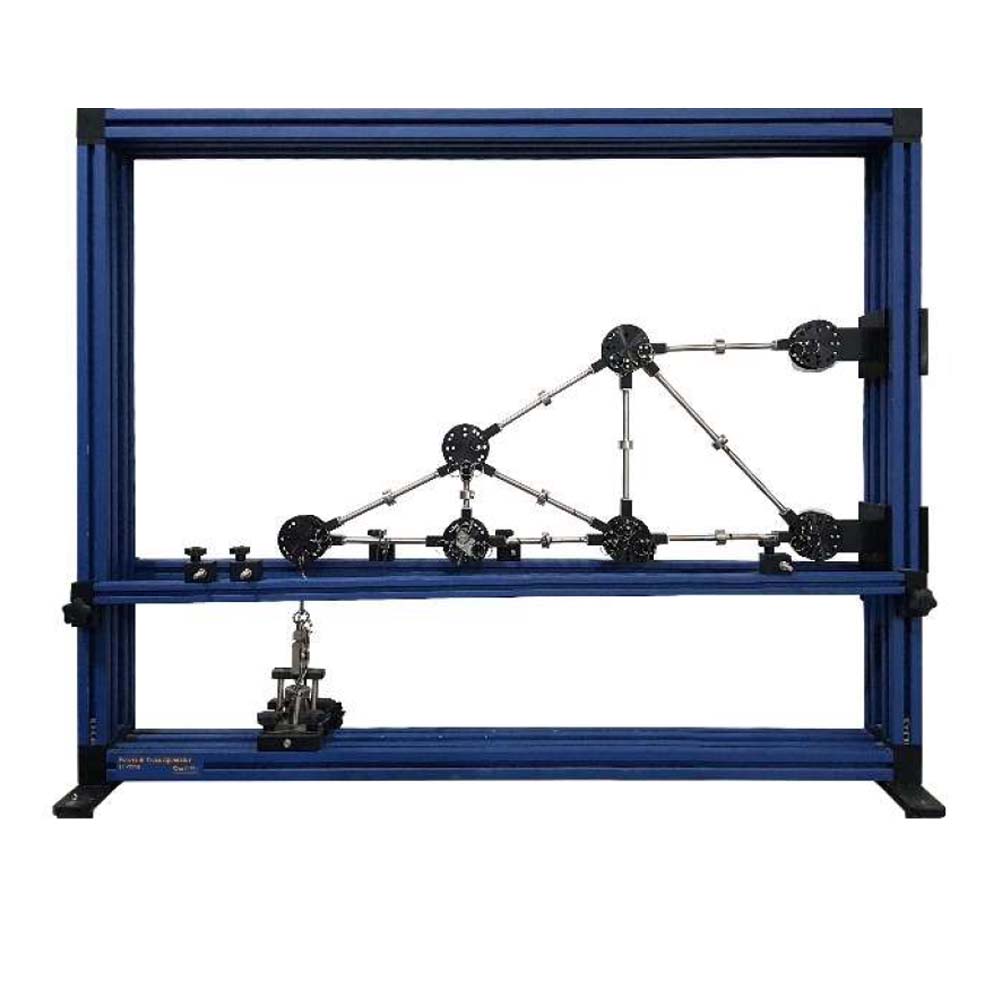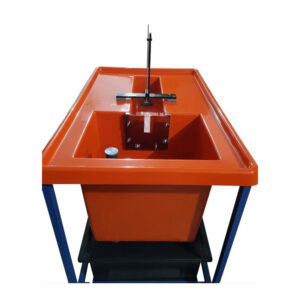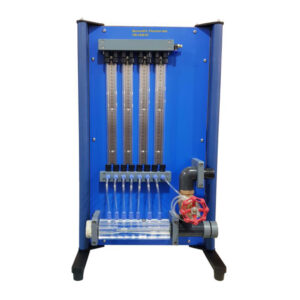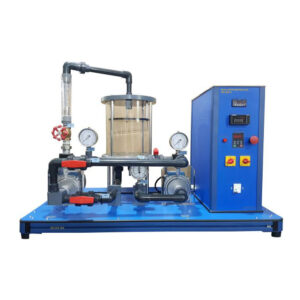This unit is used to study the effect of load on various elements of truss. A truss is a structure which can bear high loads due to the fact that it has ability to divide the load among its elements. Therefore it becomes a reliable and stable structure. The unit consists of a metallic frame which provides the support locations for the truss structure. The elements of six different sizes are available to make desired structure of truss. These elements are joined together via pin joints. The objective of the experiment is to measure the bar forces in a single plane truss subjected to a single external force. The Apparatus experimental set-up features bars with special pin install closures on their ends allowing them to be fixed easily into the node disc. The range of different bar lengths provided permits three forms of truss to be constructed. The bars are hinged, joined together by node discs, and are subjected only to compressive or tensile stress. No moments are transmitted in the nodes; they can be regarded as friction less. Consequently, our trusses can be considered as ideal trusses. A load application device attached to a node disc generates an
external force. All the forces on the truss bars are recorded by means of strain gauges. Computerized evaluation is provided by measurement amplifier (12 input channels). The software is used to manage the measurement data and provide graphical representation of the bar forces. The software features a comprehensive help function.The various elements of the experiment are clearly laid-out and housed securely in a storage system. The complete experimental set-up is arranged in the frame. The instructional material sets provide a guide through the experiment.
Experiments
- Measurement of the bar forces in various single Plane trusses.
- Dependency on the external force.
- direction
- point of application.
- Comparison of measurement results with mathematical methods.
- Method of joints
- Ritter’s method of sections
- Basic principle: measurement of forces using load cell (strain gauges).
Specifications
- Investigation of bar forces in a statically determinate truss.
- Construction of various trusses possible.
- 2 supports with node discs.
- Load application device with force gauge mountable on different node discs.
- Strain gauge to measure force on each bar.
- Software to evaluate measurement data.
- Storage system to house the components.
- Experimental set-up in frame..Load application
device with force gauge mountable on different
node discs.




